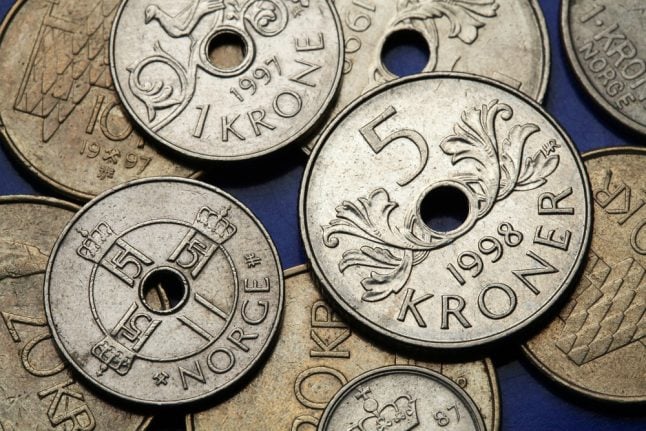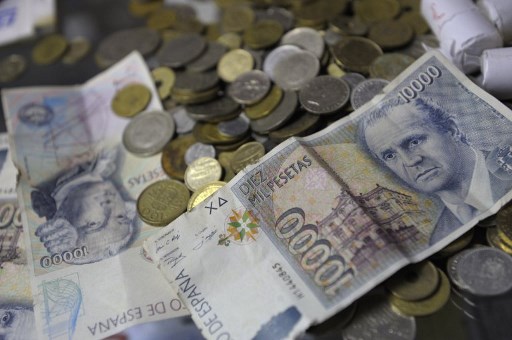The price of one euro in Norwegian kroner is more than at any time since the single European currency was created 20 years ago, a clear sign of the current weakness of the NOK.
On Thursday morning, Nordea Markets had the price of a euro at 10.1868 kroner, NRK reports.
That beats the previous worst exchange rate for the krone against the euro, which was 10.1695 on Christmas Eve 2008, according to the report.
“The Norwegian krone is now historically low against the euro,” Nordea Markets exchange strategist Joachim Bernhardsen told NRK.
Norway’s currency is also at its lowest level in 20 years with respect to the US dollar.
The poor exchange rate is bad news for people using their Norwegian bank accounts while travelling abroad, but good news for businesses.
Currency experts said that uncertainty relating to Brexit, international trade conflicts and global unrest are all part of the equation which has resulted in the poor position of the krone.
“We keep getting mixed signals from negotiations between China and the US, and between the EU and the UK. So two of these major points of uncertainty, Brexit and the trade war, are unresolved,” Bernhardsen said to NRK.
“We think that points towards an even weaker krone by the New Year,” he added.
The weaker krone makes foreign trips on Norwegian currency more expensive, but can boost businesses, Magne Østnor, currency strategist with DNB Markets, told NRK.
“This helps stimulate business here in Norway and thereby contributes to continued jobs growth,” he said.
As the krone sinks in value, the NOK worth of Norway’s sovereign wealth fund actually goes up, because it is listed in foreign currency.
The value of the fund in Norwegian kroner was 9,950 billion kroner on Wednesday, taking it closer to the 10,000 billion krone-mark than ever before.



 Please whitelist us to continue reading.
Please whitelist us to continue reading.